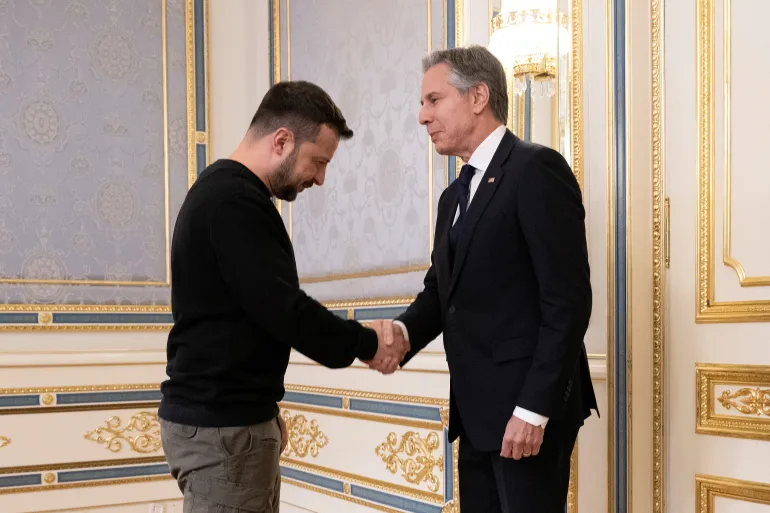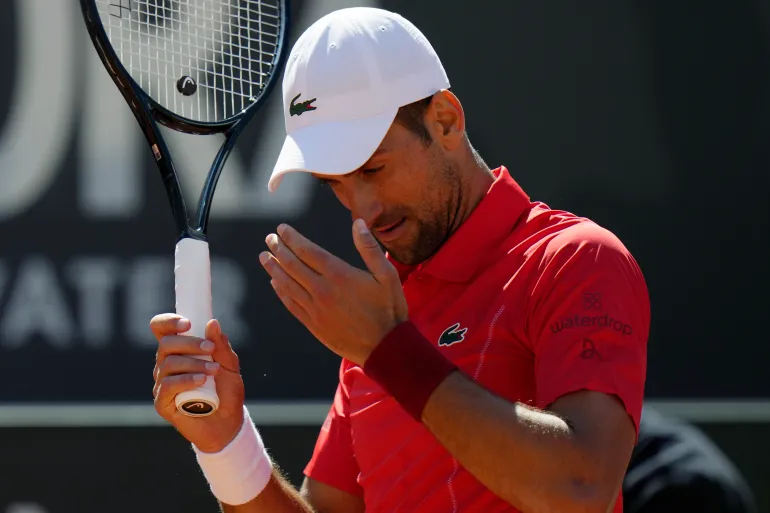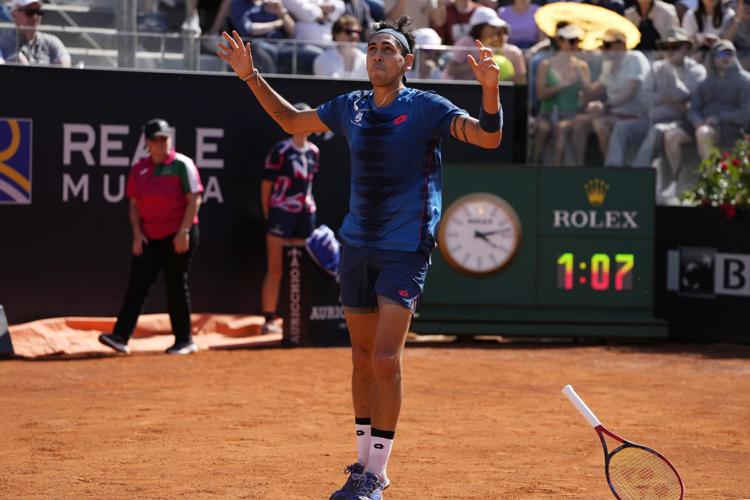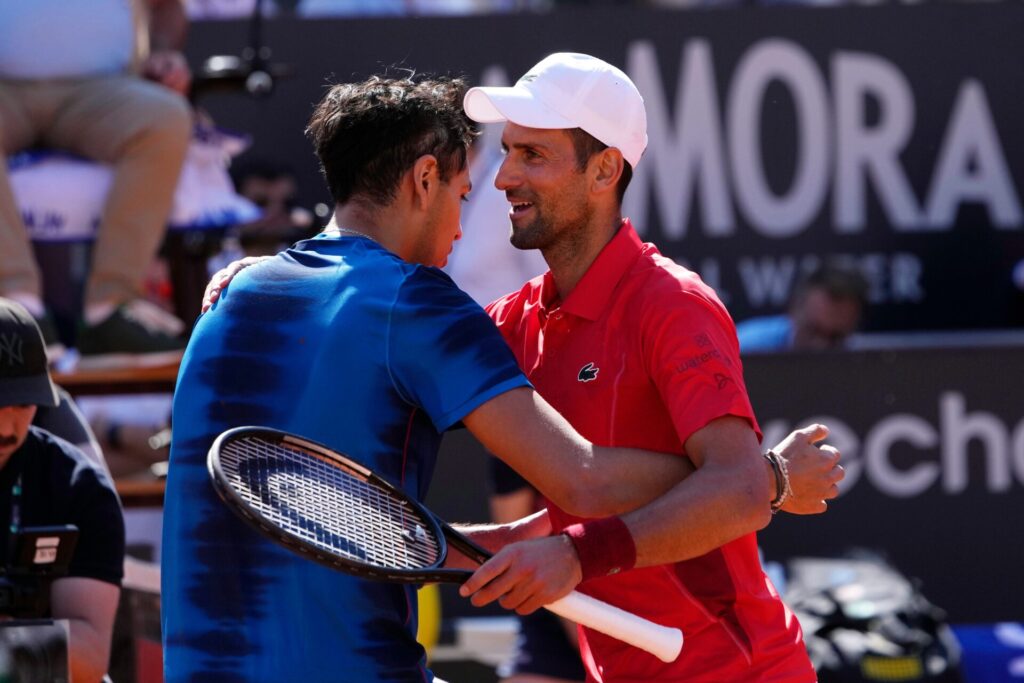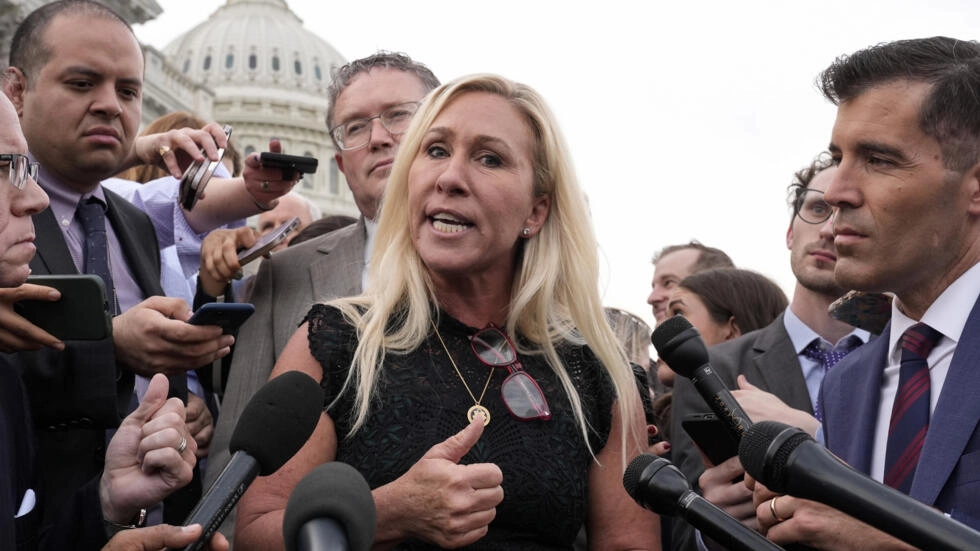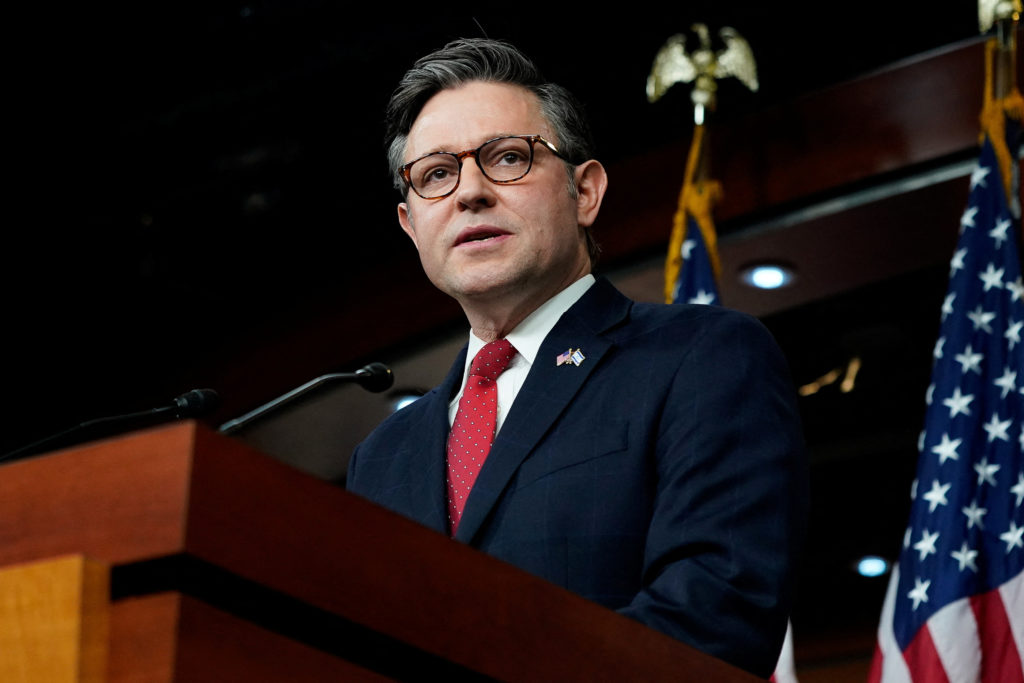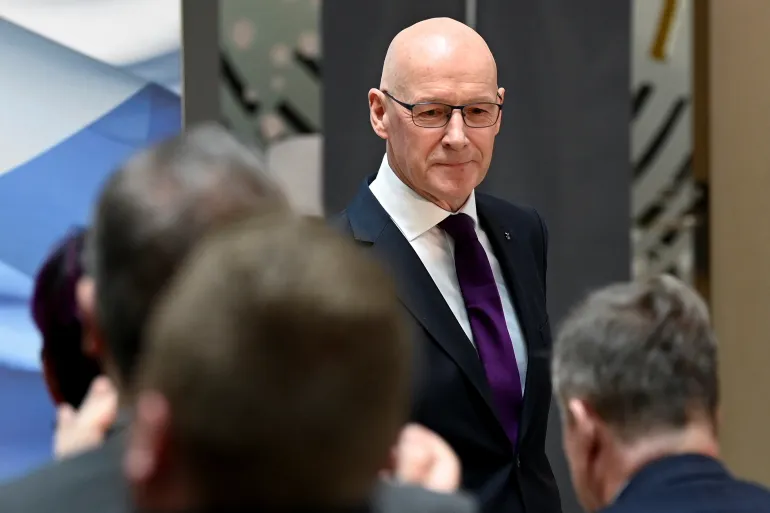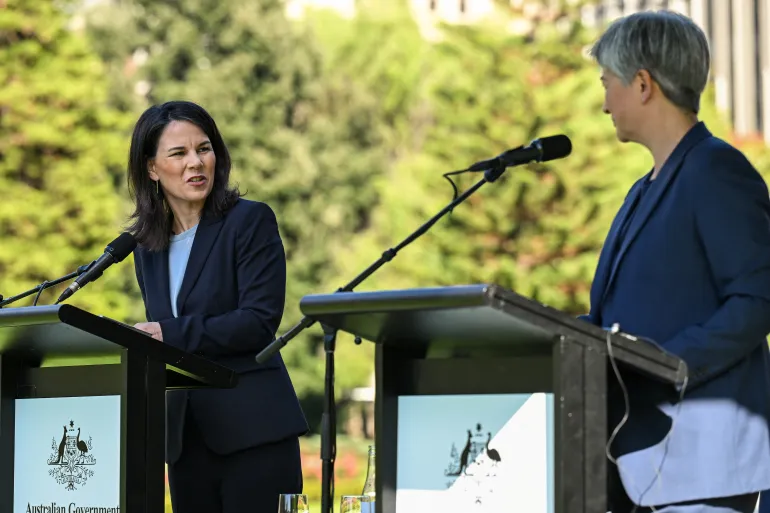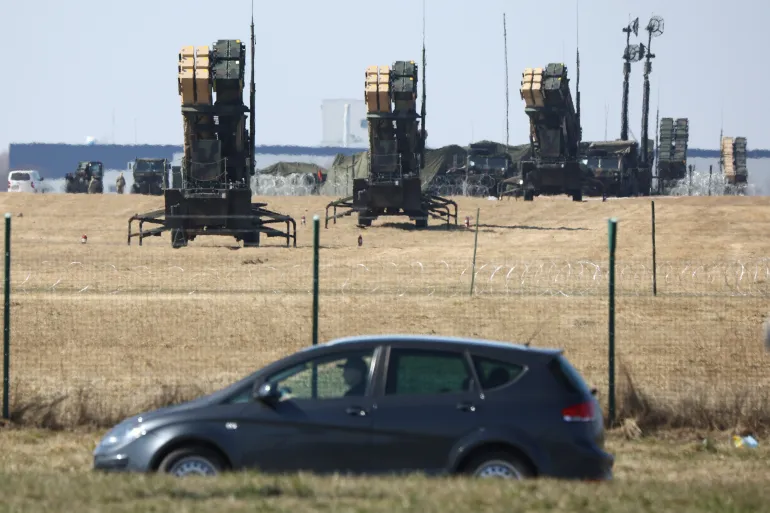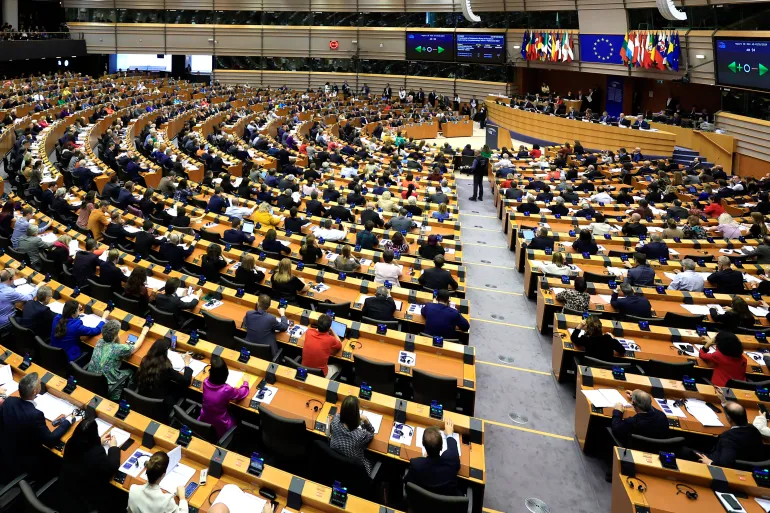Rising Diplomatic Tensions
Russia’s recent decision to expel the UK defence attache marks another escalation. In the already strained relations between the two countries. This tit-for-tat move. Comes in response to the UK’s expulsion of a Russian diplomat, highlighting the growing tensions and deteriorating diplomatic ties. The expulsion signifies not just a political statement. But also a strategic maneuver aimed at sending a clear message to the UK. This development is part of a broader pattern of retaliatory actions that have defined UK-Russia relations in recent years. UK Defence Attache
The immediate cause of this expulsion can be traced back to allegations of espionage and hostile activities. Both countries have accused each other of engaging in intelligence operations that threaten national security. The UK’s decision to expel a Russian diplomat was met with swift retaliation from Russia. Demonstrating the tit-for-tat nature of their current diplomatic strategy. This back-and-forth expulsion of diplomats serves as a reminder. Of the deep mistrust and ongoing geopolitical rivalry between the two nations.
Moreover, this move adds another layer of complexity to the international diplomatic landscape. Other countries are closely monitoring the situation, as such actions can influence global alliances and diplomatic norms. The expulsion of the UK defence attache underscores the fragile nature of international relations. Where strategic interests often lead to confrontational diplomacy. This development not only impacts bilateral relations but also has the potential to affect broader international dynamics.
Historical Context of UK-Russia Relations UK Defence Attache
To fully understand the significance of the current expulsion, it is essential to consider the historical context of UK-Russia relations. The relationship between these two nations has been marked by periods of cooperation and conflict. During the Cold War, the UK and Russia, then the Soviet Union, were often on opposing side., With espionage and diplomatic tensions being common. This legacy of distrust has continued to influence their interactions in the post-Cold War era.
In recent years, high-profile incidents have further strained relations. The poisoning of former Russian spy Sergei Skripal and his daughter in Salisbury in 2018. Led to a significant diplomatic fallout, with both countries expelling numerous diplomats. This incident exemplified the level of mistrust and the willingness of both sides to take drastic measures in response to perceived threats. Such events have contributed to an environment where tit-for-tat expulsions have become a recurring theme in their diplomatic relations.
Additionally, geopolitical conflicts and differing political ideologies have often placed the UK and Russia at odds on the global stage. Issues such as the conflict in Ukraine, NATO expansion, and differing approaches to international security have further exacerbated tensions. The current expulsion of the UK defence attache can thus be seen as part of a long-standing pattern of competitive and adversarial interactions between the two nations.
Implications for Military Cooperation UK Defence Attache
The expulsion of the UK defence attache has significant implications for military cooperation between the two countries. Defence attaches play a crucial role in facilitating military-to-military communication and cooperation. Their expulsion can lead to a breakdown in these channels, making it more challenging to manage and mitigate conflicts. This move can hinder efforts to maintain stability and prevent misunderstandings that could escalate into more serious confrontations.
Moreover, the expulsion can impact joint efforts in areas where both countries have mutual interests, such as counter-terrorism and regional security. By disrupting the lines of communication, this action can undermine collaborative initiatives aimed at addressing shared threats. The lack of direct military dialogue increases the risk of misinterpretation and unintended escalations, which could have broader implications for international security.
Additionally, the expulsion may lead to a reassessment of defence strategies and alliances. Both countries may seek to strengthen their military partnerships with other nations as a counterbalance to the perceived threat from each other. This realignment of military alliances can further polarize the international community and complicate efforts to achieve collective security. The long-term impact of this expulsion on military cooperation will depend on the subsequent actions and responses from both the UK and Russia.
Diplomatic Repercussions and Broader Impact
The expulsion of the UK defence attache also has broader diplomatic repercussions. This move signals a deterioration in diplomatic relations, which can affect various aspects of bilateral cooperation. Economic ties, cultural exchanges, and political dialogues may all be negatively impacted by this development. The expulsion is likely to lead to increased diplomatic isolation and a further reduction in trust between the two nations.
For the UK, this expulsion necessitates a strategic response. The UK government will need to carefully consider its next steps to avoid escalating the situation further. While maintaining a firm stance on its national security concerns. This situation also requires coordination with allies to ensure a unified and measured response. The expulsion may prompt the UK to review its diplomatic strategies and consider additional measures to safeguard its interests.
From a global perspective, this development contributes to the growing trend of deteriorating diplomatic relations and increasing geopolitical tensions. Other nations may view this situation as a cautionary example of the fragility of international diplomacy. The expulsion of diplomats as a retaliatory measure can set a precedent. Leading to a cycle of tit-for-tat actions that undermine global stability. The broader impact of this expulsion extends beyond UK-Russia relations. Highlighting the need for effective diplomatic engagement and conflict resolution mechanisms.
Future Prospects and Potential Resolutions UK Defence Attache
Looking ahead, the future prospects for UK-Russia relations are uncertain. The expulsion of the UK defence attache represents a significant setback, but it also presents an opportunity for reflection and potential resolution. Both nations must recognize the importance of dialogue and diplomatic engagement in addressing their differences. Efforts to de-escalate tensions and rebuild trust will be crucial in preventing further deterioration of their relationship.
One potential avenue for resolution is through multilateral forums and international organizations. Engaging in dialogue within these frameworks can provide a neutral platform for both countries to address their concerns and seek common ground. Confidence-building measures, such as transparency in military activities and mutual assurances, can help reduce the risk of miscalculations and enhance stability.
Height in diplomatic tensions
Furthermore, the involvement of third-party mediators or diplomatic intermediaries can facilitate communication and negotiation between the UK and Russia. These intermediaries can help bridge the gap and foster understanding, enabling both sides to find mutually acceptable solutions. Re-establishing channels for direct communication, including the reinstatement of defence attaches, can also contribute to rebuilding trust and cooperation.
Ultimately, the resolution of this diplomatic conflict will require political will and commitment from both nations. While the expulsion of the UK defence attache is a significant challenge. It also serves as a reminder of the need for constructive engagement and diplomacy. By prioritizing dialogue and seeking peaceful resolutions, the UK and Russia can work towards a more stable. And cooperative relationship, benefiting not only their own interests but also global peace and security.
In conclusion, Russia’s expulsion of the UK defence attache marks a new height in diplomatic tensions between the two countries. This move reflects a broader pattern of retaliatory actions and highlights the fragile nature of their relationship. The implications for military cooperation, diplomatic relations, and global stability are significant. However, through dialogue, multilateral engagement, and confidence-building measures, there is potential for resolution and a path towards more constructive relations. The future of UK-Russia relations will depend on the willingness of both nations to prioritize diplomacy and work towards common goals. UK Defence Attache
Inspired by France24News and Rear More Articles Here. or Read Previous Articles Here.


